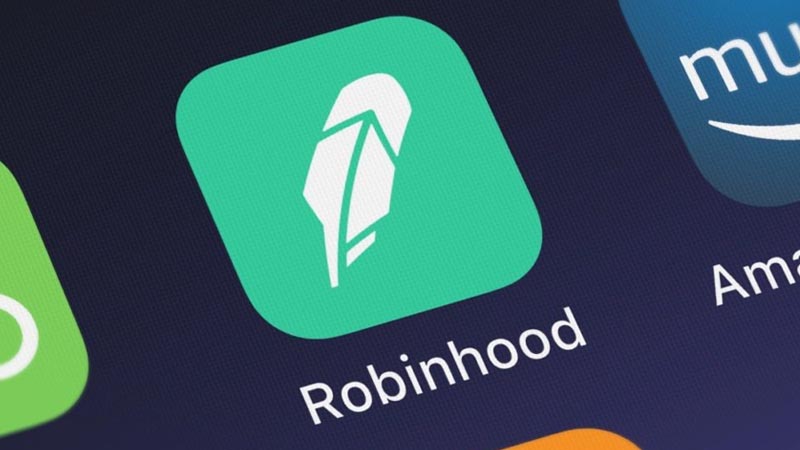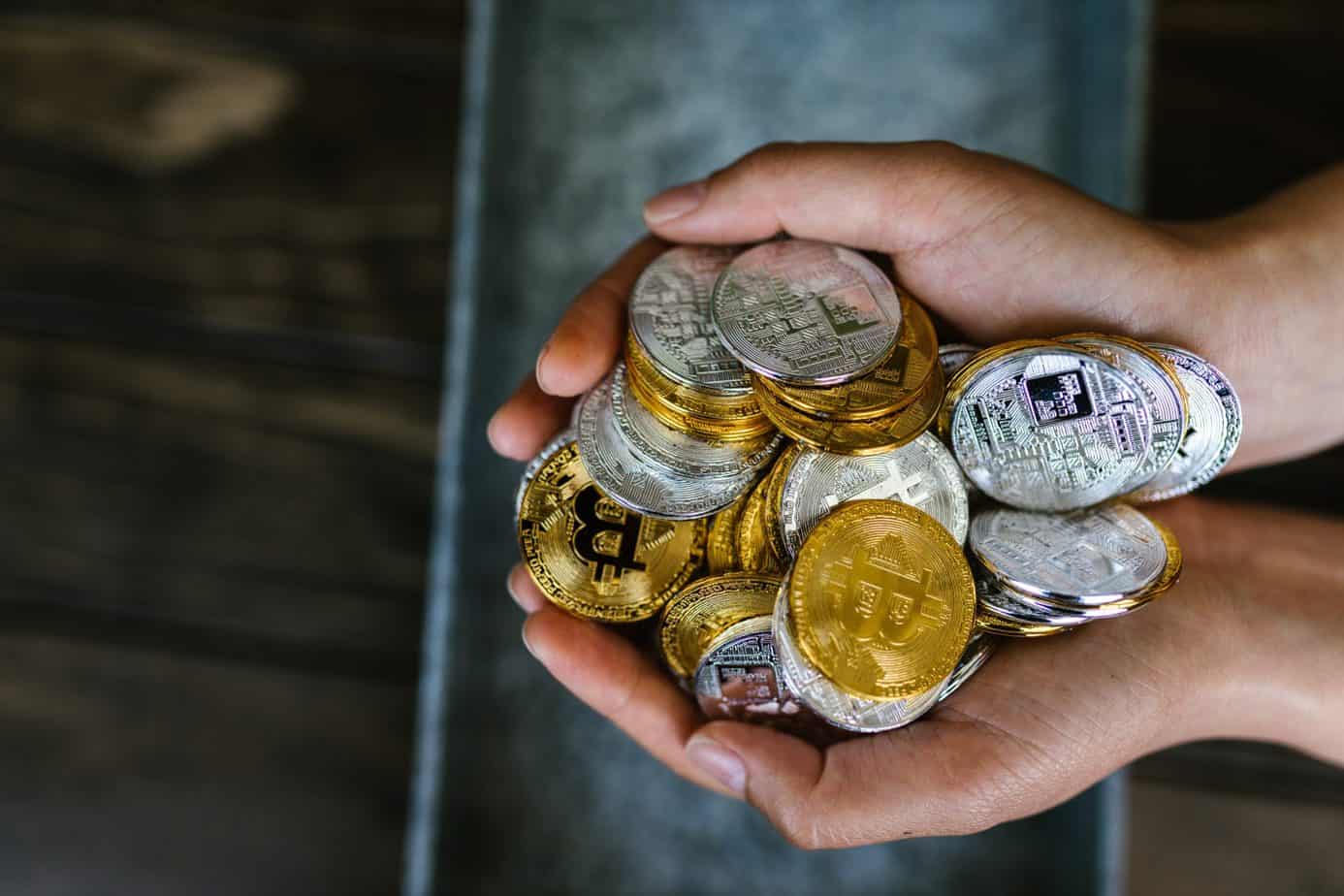Last Updated on
With its pioneering use of cryptography, Monero (XMR) set the standard for cryptocurrency privacy and fungibility for years to come.
As a result of this, Monero is frequently grouped together with other privacy-focused cryptocurrencies like Zcash (ZEC), which have attempted to address the privacy flaws that are present in Bitcoin (BTC).
However, Monero’s beginnings are more analogous to those of Bitcoin. Like Bitcoin, Monero began as a modest online tech community that gradually expanded in a more understated manner as the project gained credibility and market share.
Monero to USD Chart
[ccpw id=”158367″]
Convertor
[ccpw id=”158368″]
Coin Project
[ccpw id=”158369″]
XMR’s ability to enable users to send and receive transactions while concealing this data from anyone who examines its blockchain was the primary factor that set it apart from competing cryptocurrencies. For instance, with Bitcoins, businesses are able to identify and blacklist coins that are suspected of being involved in criminal activity.
Monero stands out from other cryptocurrencies in more ways than just its privacy features.
1. For instance, the Monero software is designed to automatically update itself every six months, adhering to a consistent schedule that has enabled it to aggressively add new features while minimizing the amount of controversy generated.
Because of this, Monero has been able to continue to introduce new cryptographic advancements, such as ring confidential transactions and stealth addresses, which allow users to create one-time addresses.
2. Monero continues to garner interest from cryptographers and researchers who are looking to push the boundaries of what is possible in the cryptocurrency industry because of its willingness to pioneer such advances.
3. Aside from its emphasis on user privacy, Monero functions in a manner that is analogous to that of other major cryptocurrencies. It employs mining based on the concept of proof-of-work to regulate the supply of XMR and encourage miners to add blocks to the blockchain. New blocks are added roughly every two minutes.
4. The algorithm that governs the process of mining XMR was designed to prevent specialized hardware from being an advantage, which means that it may be easier for hobbyists to mine XMR than it is for other cryptocurrencies.
This indicates that users may be able to generate XMR when mining with a laptop (CPU) or graphics card (GPU), both of which are forms of hardware that are less expensive and that are more readily available.
Markets
[ccpw id=”41288″]
Wallets
| Ledger | Visit website |
| Trezor | Visit website |
| Math Wallet | Visit website |
| Trust Wallet | Visit website |
| BTC Wallet | Visit website |
| Electrum | Visit website |
| Coinbase | Visit website |
| Cobo | Visit website |
News
You might be interested in

Around 7 million Robinhood users affected by data breach

Bitcoin ETF: What is it, price, and ticker symbol


FAQs
What are Ring Signatures on Monero?
Monero uses a technology called “Ring Signatures” to mix the digital signature of the person making an XMR transaction with the digital signatures of other users before putting the transaction on the blockchain. This is what makes this kind of privacy possible.
Does Monero (XMR) have a fixed supply?
Traders should be aware that Monero is one of the few major cryptocurrencies that doesn’t have a fixed amount of coins.
This means that, unlike Bitcoin, which is set up so that there will only ever be 21 million bitcoins, Monero is set up to keep making new XMR.



